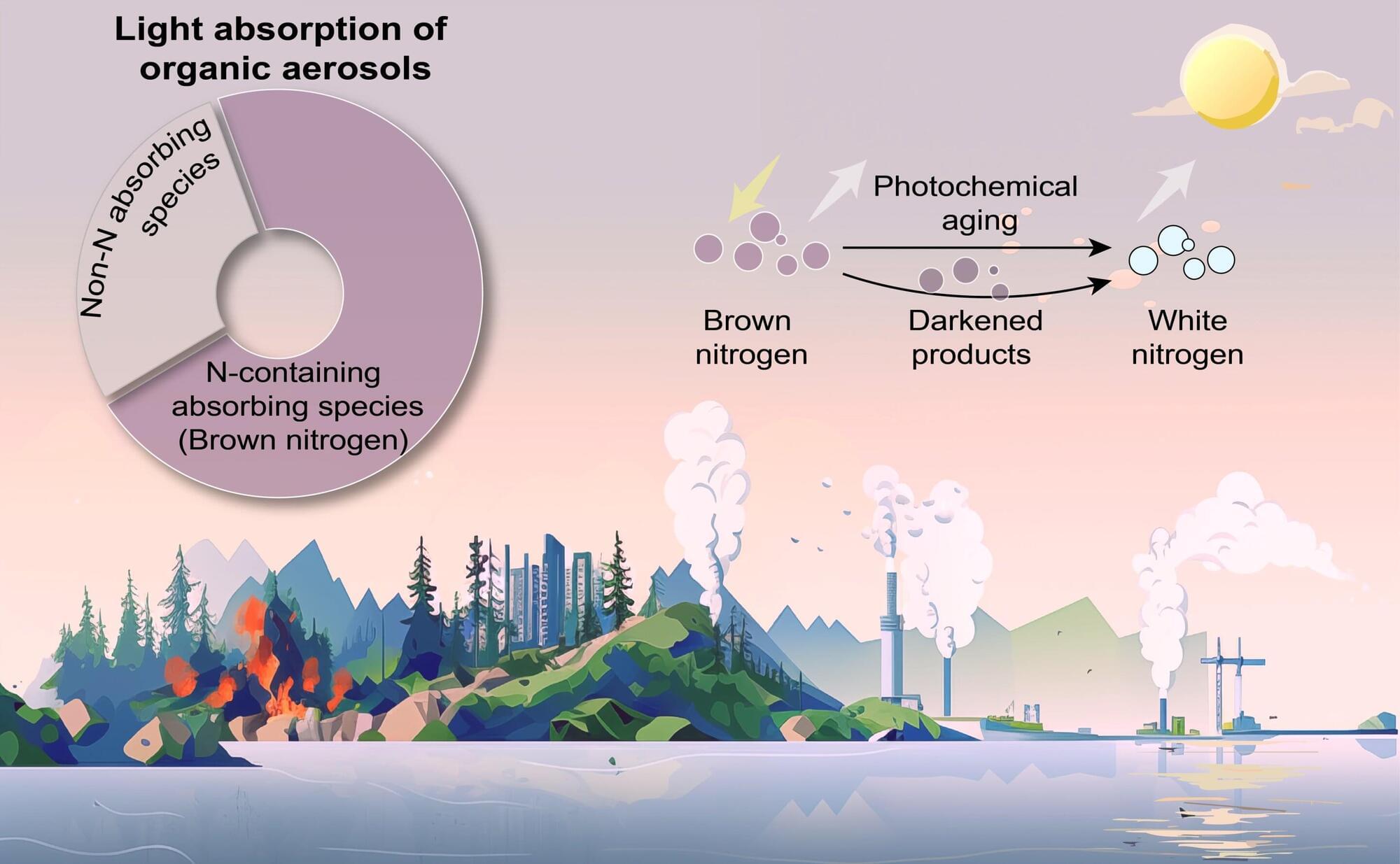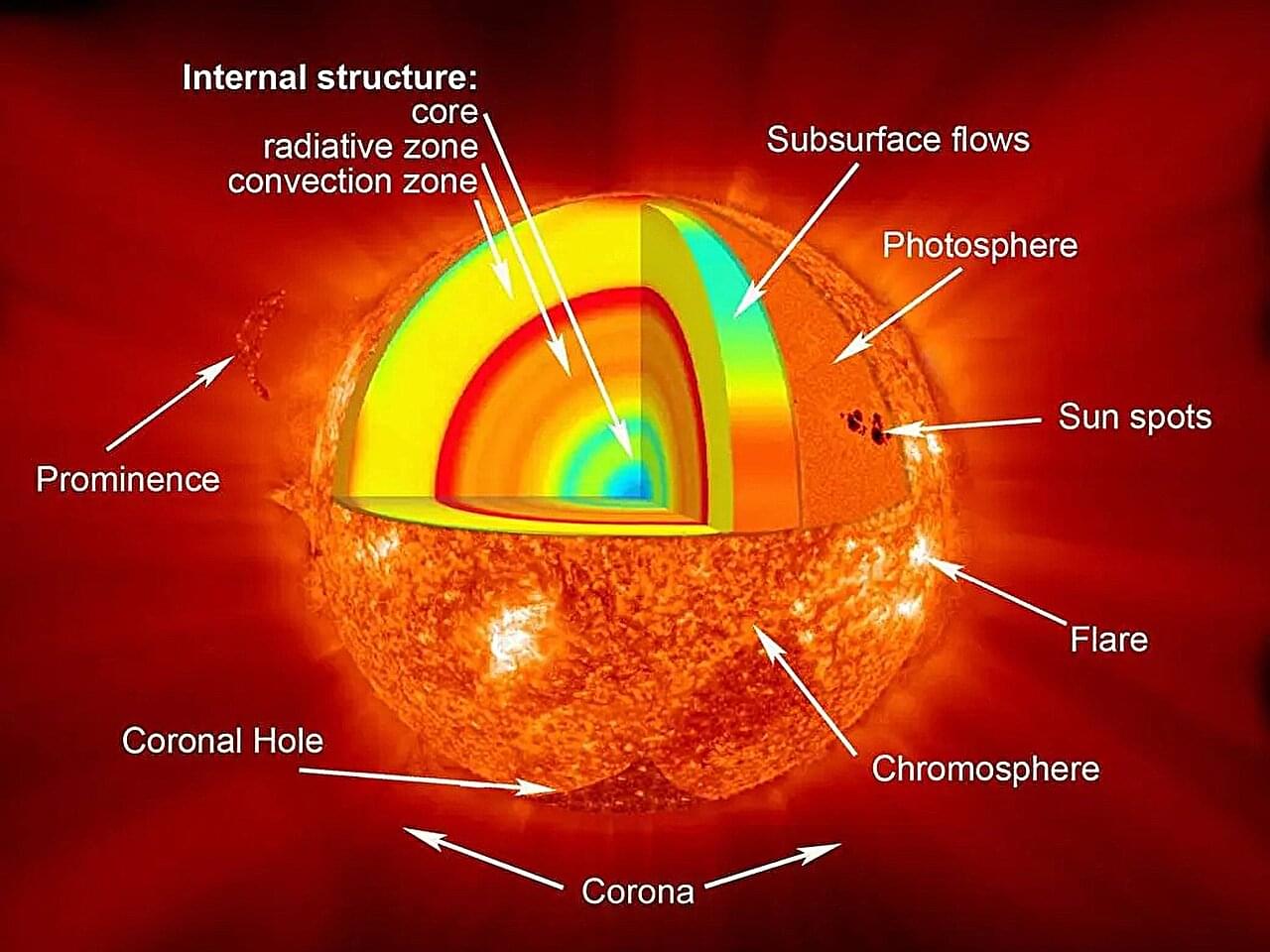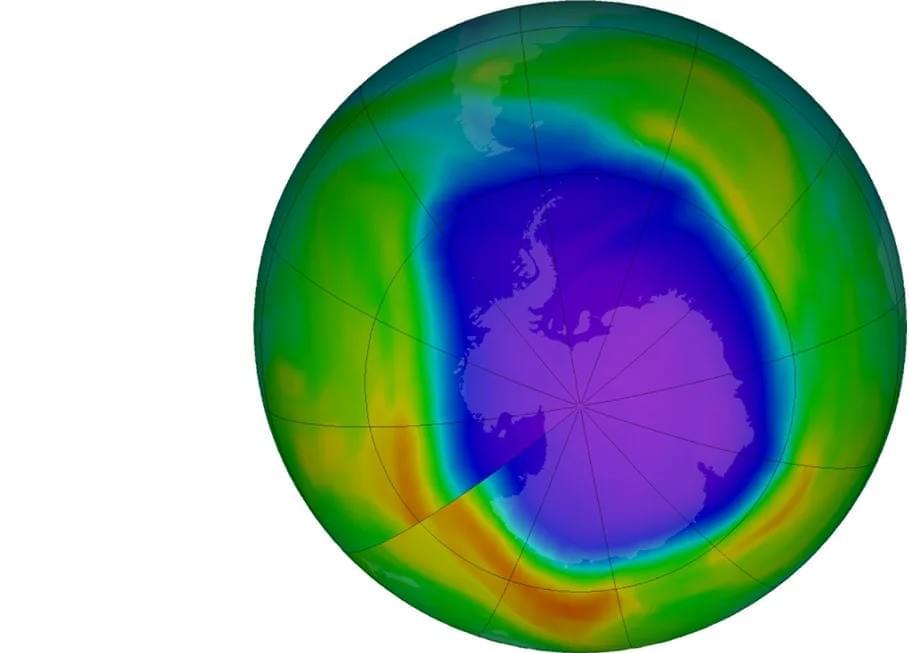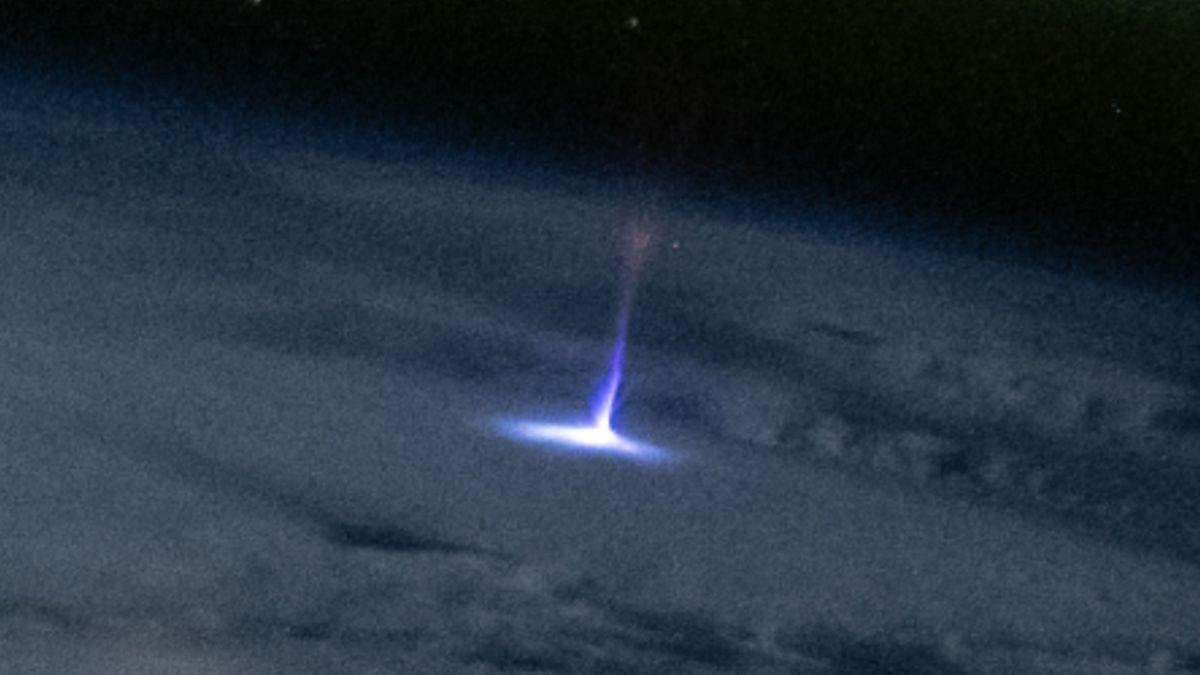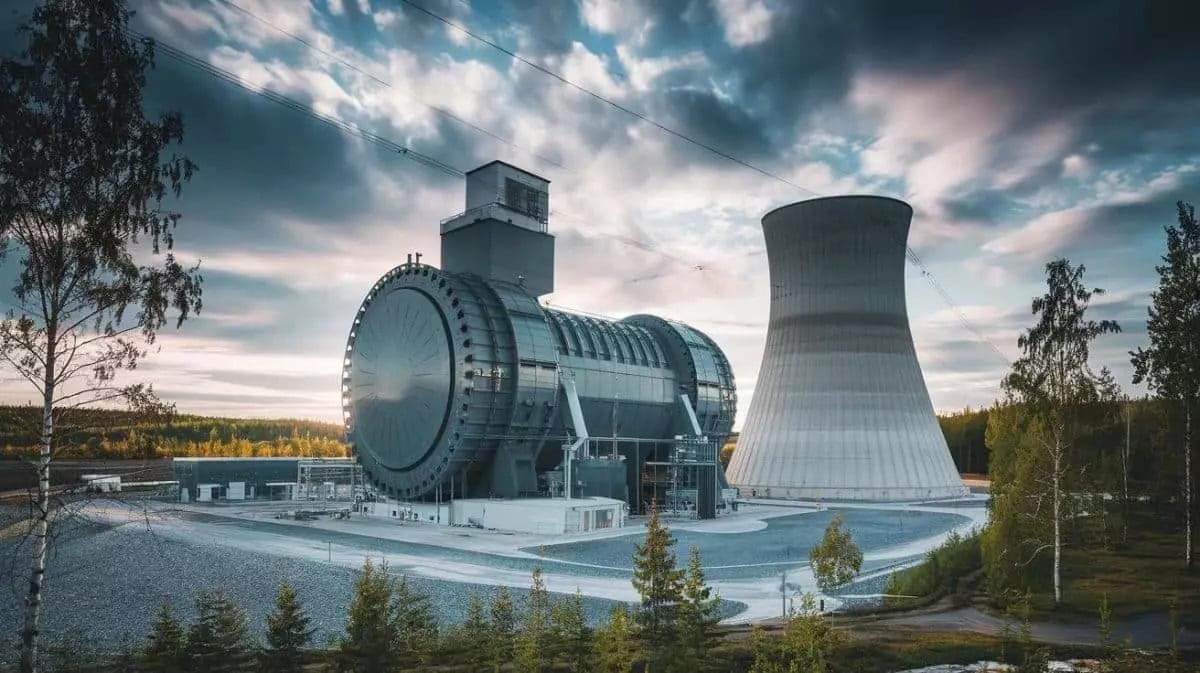
“The pattern we found is so reproducible that we were able to make an accurate prediction of when each interglacial period of the past million years or so would occur and how long each would last,” said Dr. Stephen Barker.
Earth has experienced several climate cycles throughout its long history, including several ice ages that caused the planet to freeze over. The last ice age occurred approximately 11,700 years ago, but when could the next one occur? This is what a recent study published in Science hopes to address as an international team of researchers investigated specific characteristics that could help predict Earth’s next ice age. This study has the potential to help researchers, climate scientists, and the public better understand Earth’s climate history and how climate change could alter this history.
For the study, the researchers analyzed Earth’s climate history over the last one million years and compared this data to changes in Earth’s axial tilt, the axial tilt’s wobble (also called precession), and changes in Earth’s orbit around the Sun. The goal of the study was to connect these planetary parameters to past ice ages, also called glacial periods, while also attempting to predict future ice ages without human-caused climate change.
In the end, the researchers not only discovered when every ice age occurred over the past 900,000 years, but they predict the Earth will have approximately 10,000 years until the next ice age, noting we are currently in an interglacial period known as the Holocene.

